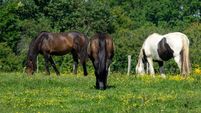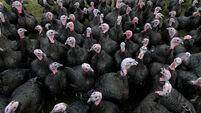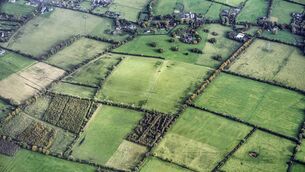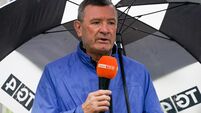A little weather knowledge can be dangerous
The words of Martin Ryan, manager at Mid Tipp Mart in Thurles on Tuesday, as he assessed the fall-out from the dreadful weather and this week's price pull at the factories, coupled with farmers’ assessment of very long range weather forecasts via the internet.
I start this week however in Bandon on Monday, where there were 360 cattle on offer along with 350 calves.













